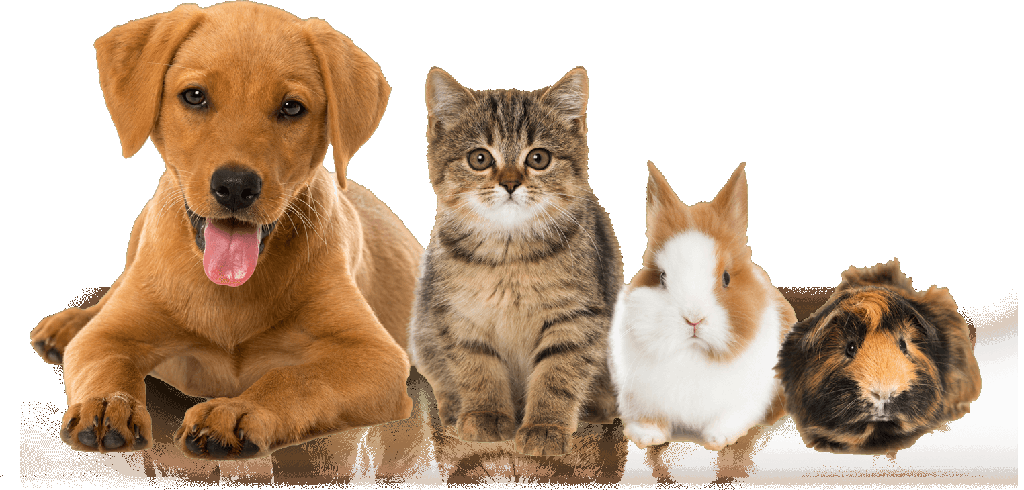Owners should prepare now for separation anxiety issues when they return to work.
A silver lining to the stress of stay-at-home orders for many has been extra time spent with pets. Whether that means extra-long walks for dogs, chin scratches for cats or quality time and attention for all of the other critters, many of our furry friends have benefited from this pause in society.
Dr. Lori Teller, an associate professor in the Texas A&M University College of Veterinary Medicine & Biomedical Sciences, says pets that have grown used to having near-constant contact with their owner may experience separation anxiety when their owner returns to a more regular routine. Because of this, she recommends that owners prepare now for a return to work or school.
“Before the pandemic, people would come and go and most animals were quite used to this. But now, owners have been at home for much of the day, and their pets are used to getting frequent walks or other types of attention. An abrupt change in the schedule can be very stressful for some animals,” Teller said. “It also is possible for a pet that has not had previous symptoms of separation anxiety to develop these symptoms as people return to work or school following stay-at-home orders.
“Owners can help their pets adjust by leaving the house for short periods of time and monitoring the pet’s response,” Teller said. “An owner may need to set up the camera on a phone or tablet to record the pet’s response to his or her departure. If the animal seems fine, increase the amount of time away from home to determine if there will be problems.”
Teller also recommends identifying high-value treats a pet enjoys, such as food puzzles or toys filled with frozen treats. If owners only provide these treats when they leave the house, the pet will associate good things with their departure and be less prone to anxiety. Owners should also make their departures as low-key as possible after giving their pet a special treat.
“You can also leave on some music for the pet,” she said. “Studies have shown that dogs and cats like classical music and soft rock, and some dogs have a preference for reggae.”
By beginning to match their quarantine routine with what owners expect their future schedule to look like, they can acclimate their animal to certain walk lengths, times and cuddling schedules before any big changes.
Teller also says that people who adopted a puppy or kitten during the pandemic should be extra mindful, as these pets have only ever lived in a household where humans are always around.
“Dogs with separation anxiety may pace, pant, salivate, or bark or howl excessively. In more serious cases, a dog may become destructive and scratch or chew at doors or windows in an effort to escape,” Teller said. “Cats may groom excessively or stop urinating in the litter box.”
The most important step owners can take in preventing separation anxiety is to prepare early. Even if a pet is only exhibiting mild signs of separation anxiety, their owner should reach out to a veterinarian to get help before a pet hurts themselves or damages their home.
“For mild cases, veterinarians may recommend some of the dog or cat pheromones that promote calmness and relaxation,” she said. “There are also some nutraceuticals (a pharmaceutical alternative that claims psychological benefits) that help with calming and relaxation, as well as a variety of prescription medications that can help lessen anxiety.”
A veterinarian can help you determine what is best for your pet and how you can best help them adjust to time alone. They may also refer you to a veterinary behavior specialist for more severe cases.
“If separation anxiety is allowed to go unchecked, it can be that much more difficult to treat,” Teller said. “Reach out to your veterinarian as soon as you suspect a problem. Issues generally have a good prognosis when intervention happens early.”
Pet Talk is a service of the College of Veterinary Medicine & Biomedical Sciences, Texas A&M University. Stories can be found on the Pet Talk website. Suggestions for future topics may be directed to editor@cvm.tamu.edu.
By Texas A&M University College of Veterinary Medicine & Biomedical Sciences staff





